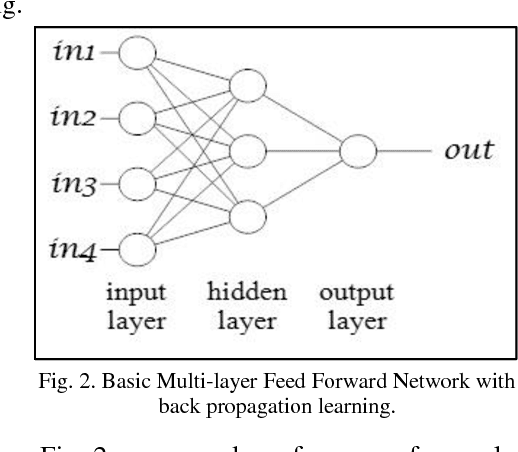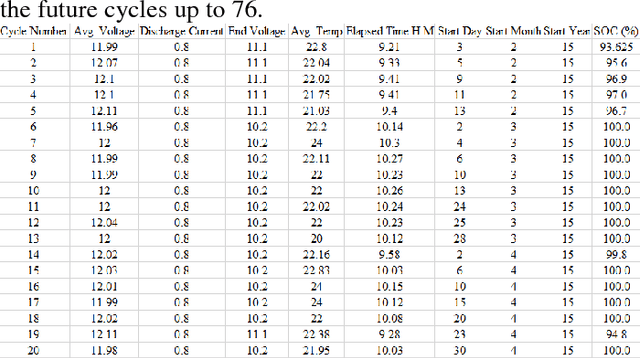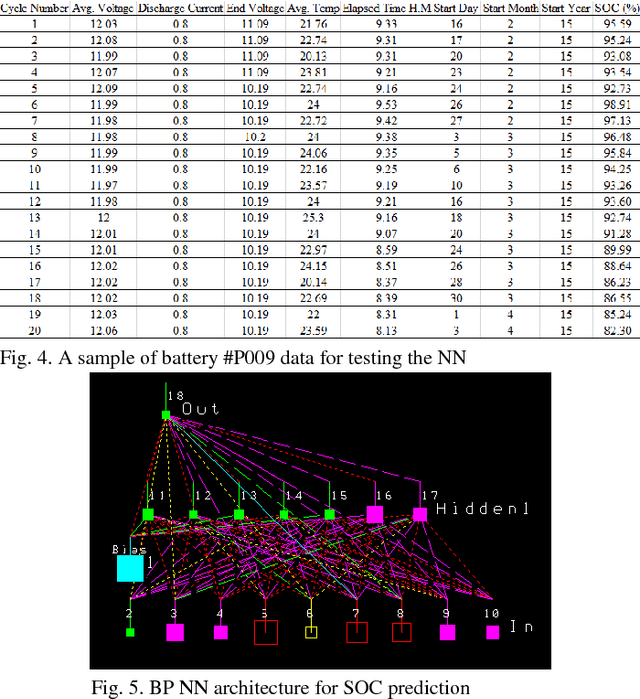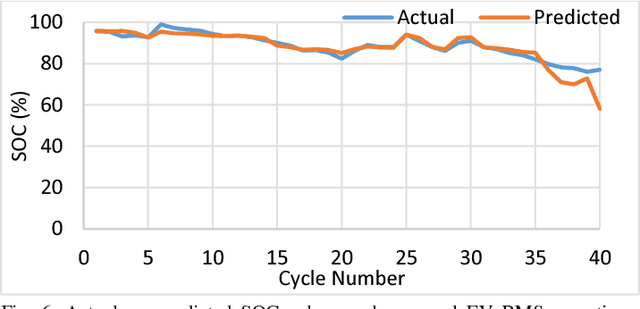Syed Rahman
Scalable and non-iterative graphical model estimation
Aug 21, 2024Abstract:Graphical models have found widespread applications in many areas of modern statistics and machine learning. Iterative Proportional Fitting (IPF) and its variants have become the default method for undirected graphical model estimation, and are thus ubiquitous in the field. As the IPF is an iterative approach, it is not always readily scalable to modern high-dimensional data regimes. In this paper we propose a novel and fast non-iterative method for positive definite graphical model estimation in high dimensions, one that directly addresses the shortcomings of IPF and its variants. In addition, the proposed method has a number of other attractive properties. First, we show formally that as the dimension p grows, the proportion of graphs for which the proposed method will outperform the state-of-the-art in terms of computational complexity and performance tends to 1, affirming its efficacy in modern settings. Second, the proposed approach can be readily combined with scalable non-iterative thresholding-based methods for high-dimensional sparsity selection. Third, the proposed method has high-dimensional statistical guarantees. Moreover, our numerical experiments also show that the proposed method achieves scalability without compromising on statistical precision. Fourth, unlike the IPF, which depends on the Gaussian likelihood, the proposed method is much more robust.
A Study of EV BMS Cyber Security Based on Neural Network SOC Prediction
Jun 07, 2018



Abstract:Recent changes to greenhouse gas emission policies are catalyzing the electric vehicle (EV) market making it readily accessible to consumers. While there are challenges that arise with dense deployment of EVs, one of the major future concerns is cyber security threat. In this paper, cyber security threats in the form of tampering with EV battery's State of Charge (SOC) was explored. A Back Propagation (BP) Neural Network (NN) was trained and tested based on experimental data to estimate SOC of battery under normal operation and cyber-attack scenarios. NeuralWare software was used to run scenarios. Different statistic metrics of the predicted values were compared against the actual values of the specific battery tested to measure the stability and accuracy of the proposed BP network under different operating conditions. The results showed that BP NN was able to capture and detect the false entries due to a cyber-attack on its network.
 Add to Chrome
Add to Chrome Add to Firefox
Add to Firefox Add to Edge
Add to Edge